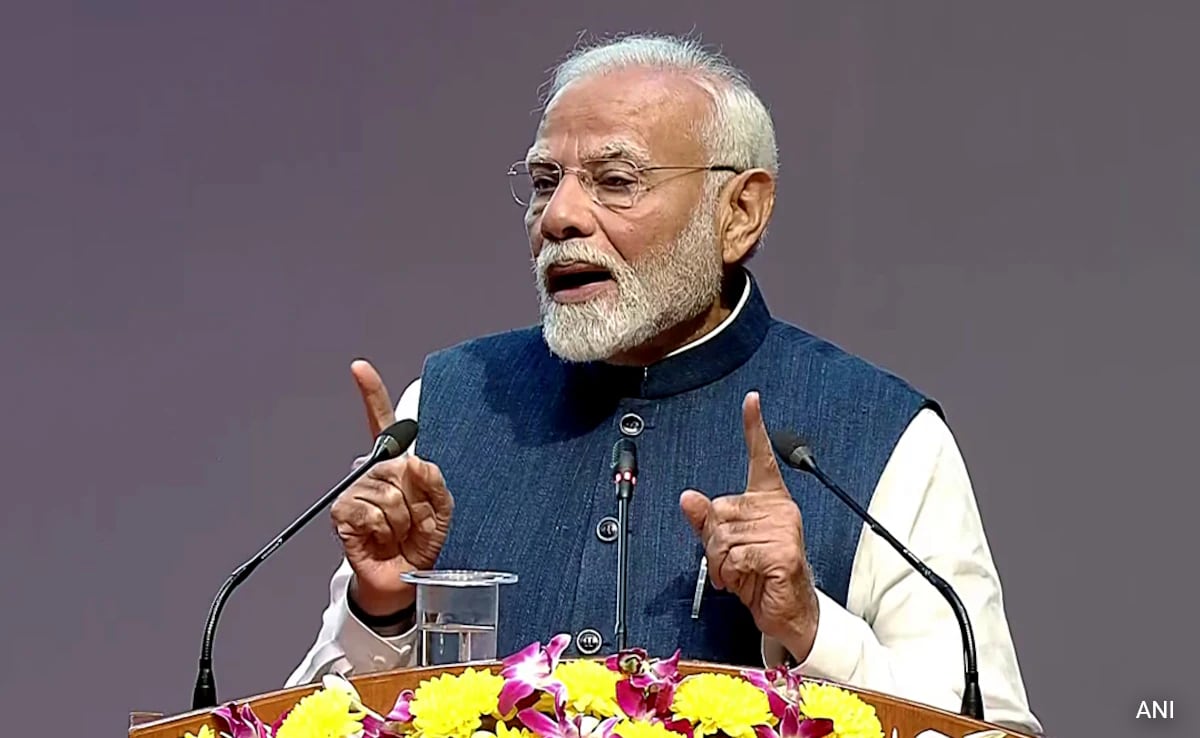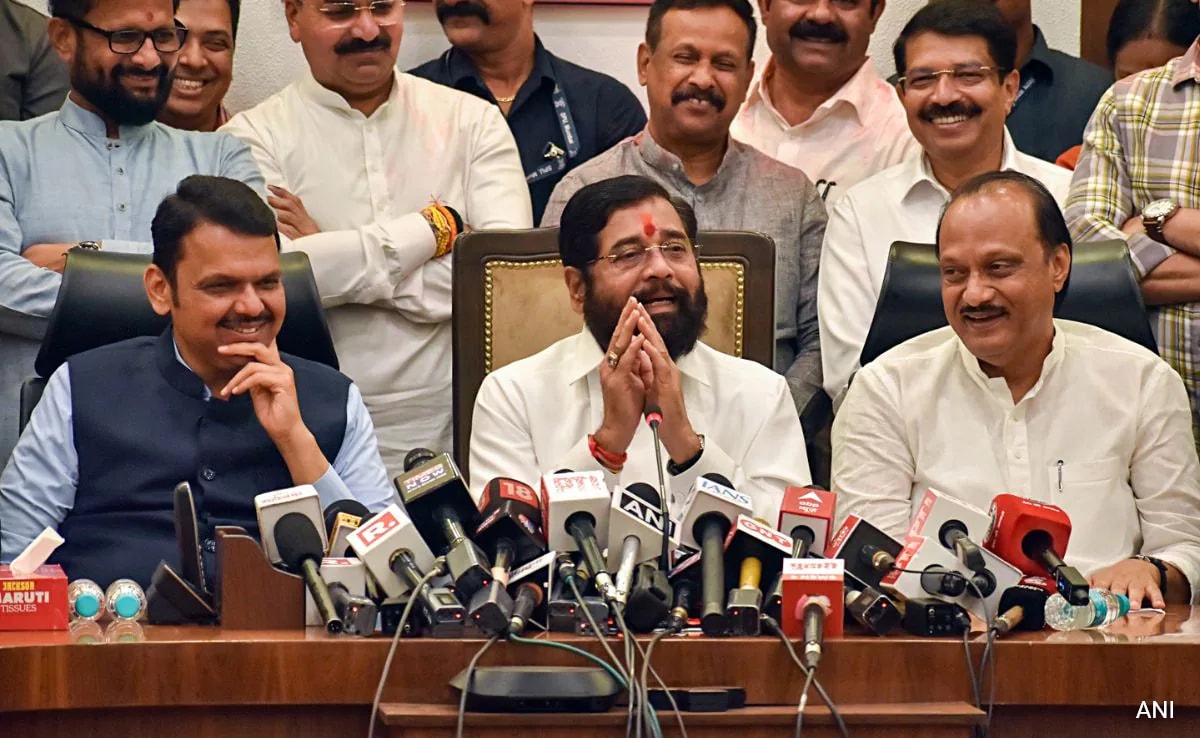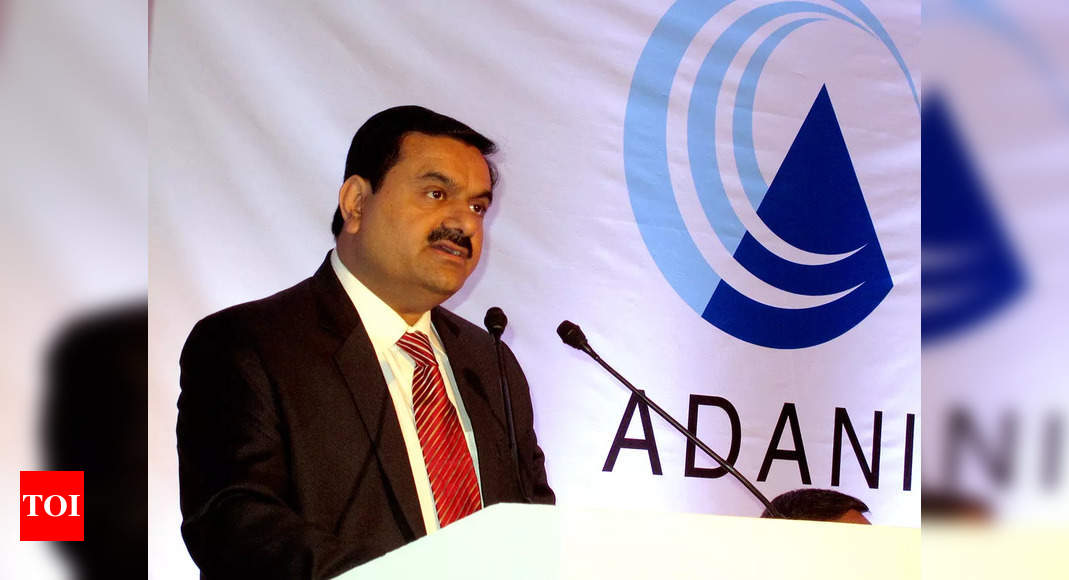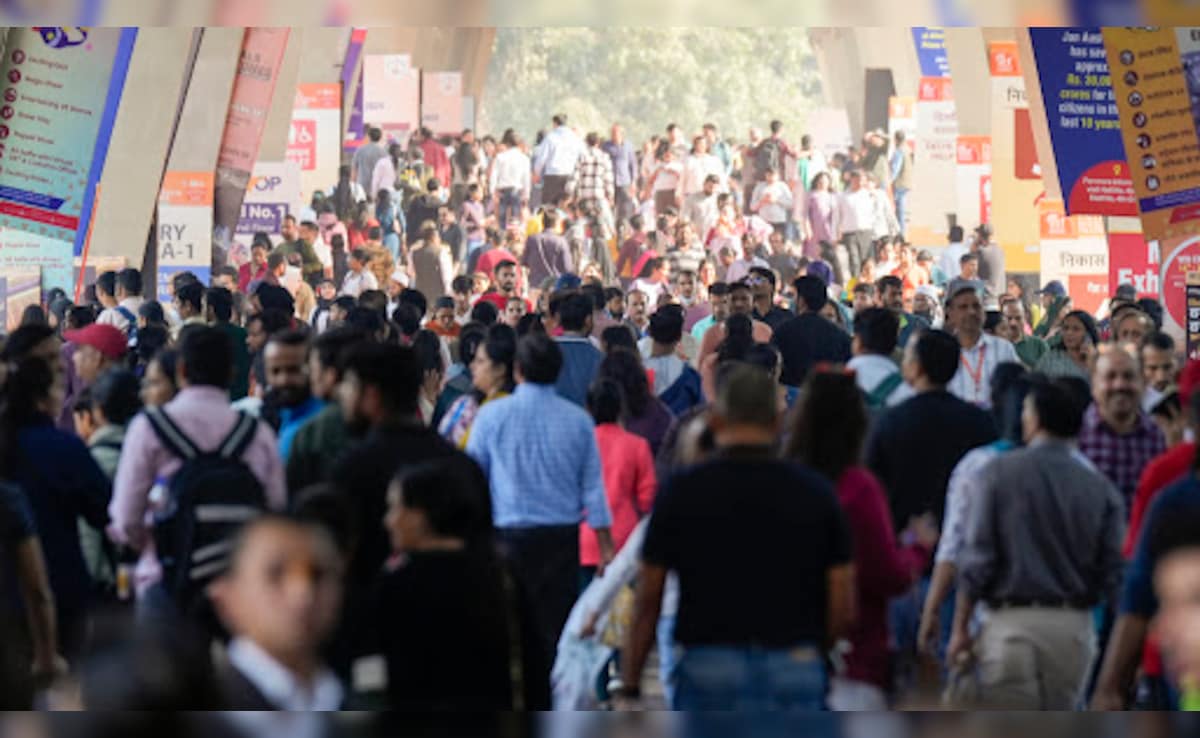
‘Alams’, an integral part of Muharrum observances, are installed in ‘Shahnasheen’ where ‘zaris’ and ‘tazias’ are kept in public and household imambaras. They are also taken out in processions.
‘Tazia’ and ‘zaris’ are the replicas of Imam Hussain’s shrine in Karbala, Iraq.
‘Alam’ is the sign of the eternal victory of Imam Hussain as well as of sorrow, as his head, along with those of other martyrs, were raised on spears and paraded in city after city.
The tragedy of Karbala happened in 680 AD, when 30 years after the demise of Prophet Mohammad, a tyrant Ummaiyad king, Yazid, declared himself as the Caliph of Islam. He demanded allegiance of Imam Hussain, the grandson of Prophet Mohammad, by asking Hussain’s hand under his hand, as the practice of submission was prevalent at that time.
However, instead of giving in to the tyrannical, unjust and immoral rule of Yazid, Imam Hussain gave his own head and that of his 72 followers in the battle that ensued on the 10th day of the Muharrum month in Karbala, Iraq, in 61 Hijri (Oct 10, 680 AD).
To signify that the hand of Hussain had risen higher than of Yazid, the metal insignia of the human hand on a decorated wooden mace is called ‘alam’.
The sign of five of a human hand also signifies the faith in the holy five – Mohammad, Ali, Fatema, Hasan and Hussain.
In present day military parlance, ‘alam’ means flag, standard or the colour assigned to a fighting unit. In Islamic tradition, the bearer of this flag is called ‘alambardar’. There have been three legendary flag-bearers in the Islamic history – Maula Ali, father of Imam Hussain, Ali’s brother Hazrat Jafar, and another son of Maula Ali, Hazrat Abbas.
Like Ali, both Jafar and Abbas were synonymous to valour and victory. However, in ‘Jang-e-Maota’ (Battle of Maota) both the arms of Jafar were severed. As per Islamic narration, in heaven, Allah granted two wings of ‘zamrud’ (emerald) to him which is why the ‘alam’ of Jafar is fully green, adorned with two wing-shaped insignia at the top.
The ‘alam’ of Abbas, who too lost both his arms in the battle of Karbala, is now the main ‘alam’. As he was trying to give his ‘mashk’ (water bag) to the thirsty children of Hussain, a small ‘mashk’ made of fabric is attached to this ‘alam’. It is a reminder of his tireless but abortive efforts to provide water to the children of Husain who were thirsty for three days as water supply was blocked to Hussain and his followers by Yazid’s army.
The enemy’s arrow punctured the ‘mashk’ of Abbas and the water meant for thirsty children of Hussain got spilled on the sands of Karbala. Ever since, the ‘mashk’ has been a component of the ‘Alam’ of Abbas.
This ‘mashk’ is named ‘Mashk-e-Sakina’, the water bag of Imam Hussain’s four-year-old daughter Sakina who gave the bag to his uncle Abbas to bring water for the thirsty children.
The ‘alam’ of Abbas has five basic components – ‘chad’ (wooden mace), ‘faraira’ (triangle-shaped flag-like cloth attached to this mace), ‘patka’ (the rectangular banner embellished with golden and silver embroidery), ‘mashk’ (symbolic water bag) and ‘panja’ (insignia of the holy hand).
Initially, ‘alam’ had only light green ‘faraira’ but now it is black or white with red marks spread across it symbolizing the blood of Abbas.
‘Patka’ is a later addition to ‘alam’. Perhaps, the practice of Muslim courts and royal processions which carried rectangular banners embellished with the Quranic verses got extended to Muharrum ‘alam’.
In the movie ‘Razia Sultan’, filmmaker Kamal Amrohi depicted similar banners held by the Sultanate army. Likewise, there are ‘alam’-like banners attached to fabric-wrapped maces in a hall of Mehrangarh Fort of Jodhpur. Banners similar to ‘patka’ are also carried out in religious processions of Christian monasteries of Iraq, Syria, Central Asia and Europe.
Muslim states in India, especially the Shia rulers of Awadh, Murshidabad, Bengal, Hyderabad, Rampur, and Mahmudabad added a royal flavour to ‘azadari’ (Muharrum observances).
Alams made of precious metals and ‘patkas’ too got embellished like royal banners.
In India, the interface between Indian and Islamic traditions has been mutually enriching. The tower atop the Badal palace of Jaisalmer is called ‘Tazia Tower’ as it resembles the ‘tazia’ taken out during Muharrum.
During Muharrum, such ‘alams’ are annually displayed in public and private imambaras across the subcontinent.
Over a period, the insignia of the holy hand of ‘alam’ changed in design, motif and size.
Among other unusual patterns, the ‘Taimuri alam’ of Mahmudabad Fort Imambara is a rare antique article.
Likewise, full length ‘alams’, now a rarity, are installed in the imambara of Nawab Luft Ali Khan and Badshah Nawab Sahab in Patna, Bihar. Only four ‘alams’ of this kind can be seen in Lucknow.
They are installed at Qasr-e-Hussaini, Naya Najaf, Imambara of Agha Baqar and Imambara of Ghariyali in Chowk.
In Iraq and Iran, huge ‘alams’ are taken out on roller stands.
Family imambara of historian Rana Safvi in Jalali town of Aligarh and in Shamshabad, Farrukhabad, have finery of embroidered ‘patkas’ preserved over generations.
Exquisite traditional ‘patkas’ and ‘Awazi alam’ (precious stones dangling on both sides of the insignia) can be seen in the imambara of Deputy Azeem Sahab in Sultan Palace, in Wazirganj, Lucknow.
Awadh historian Ammar-e-Yasir has an enchanting collection of various antique ‘alams’. His explanation about the articles is equally engrossing.
‘Par-e-buraq’, ‘jangi alam’, ‘doo saifi’, ‘naiza’, ‘nishan’, ‘tughra alam’ (grilled calligraphy), ‘alam-e-mahi (fish), ‘taoos’ (peacock), ‘sher daha’ (lion headed), ‘zareechy’ (wooden ‘patka’), ‘safai-e-birangi’ (fine rice-like border), ‘do saifi’, ‘teen saifi’ (double & triple swords), ‘panja’, ‘zuliqari’ and ‘awezi alam’ are names assigned according to their design.
‘Zulfqari alam’ can be seen on the member (staired pulpit) of Kala Imambara of Lucknow.
Insignia of the holy hand of ‘alam’ has a symbolic participative appeal as well. In Muharrum ‘majlis’, people raise their both hands to the cry of the slogan ‘Labbaik Ya Husain’ (Yes Hussain, we are here to be with your cause).
In India, during the main 10 days of Muharrum, three major processions are notable. ‘Bibi ka alam’ of Hyderabad, Telangana, and ‘Alam Fatahe Furat’ and Alam Shabe Ashur in Lucknow. Muharrum congregations in Srinagar, Zadibal, Badgam and Kargil of Jammu & Kashmir, are also significant.
‘Tazia’ and ‘zaris’ are the replicas of Imam Hussain’s shrine in Karbala, Iraq.
‘Alam’ is the sign of the eternal victory of Imam Hussain as well as of sorrow, as his head, along with those of other martyrs, were raised on spears and paraded in city after city.
The tragedy of Karbala happened in 680 AD, when 30 years after the demise of Prophet Mohammad, a tyrant Ummaiyad king, Yazid, declared himself as the Caliph of Islam. He demanded allegiance of Imam Hussain, the grandson of Prophet Mohammad, by asking Hussain’s hand under his hand, as the practice of submission was prevalent at that time.
However, instead of giving in to the tyrannical, unjust and immoral rule of Yazid, Imam Hussain gave his own head and that of his 72 followers in the battle that ensued on the 10th day of the Muharrum month in Karbala, Iraq, in 61 Hijri (Oct 10, 680 AD).
To signify that the hand of Hussain had risen higher than of Yazid, the metal insignia of the human hand on a decorated wooden mace is called ‘alam’.
The sign of five of a human hand also signifies the faith in the holy five – Mohammad, Ali, Fatema, Hasan and Hussain.
In present day military parlance, ‘alam’ means flag, standard or the colour assigned to a fighting unit. In Islamic tradition, the bearer of this flag is called ‘alambardar’. There have been three legendary flag-bearers in the Islamic history – Maula Ali, father of Imam Hussain, Ali’s brother Hazrat Jafar, and another son of Maula Ali, Hazrat Abbas.
Like Ali, both Jafar and Abbas were synonymous to valour and victory. However, in ‘Jang-e-Maota’ (Battle of Maota) both the arms of Jafar were severed. As per Islamic narration, in heaven, Allah granted two wings of ‘zamrud’ (emerald) to him which is why the ‘alam’ of Jafar is fully green, adorned with two wing-shaped insignia at the top.
The ‘alam’ of Abbas, who too lost both his arms in the battle of Karbala, is now the main ‘alam’. As he was trying to give his ‘mashk’ (water bag) to the thirsty children of Hussain, a small ‘mashk’ made of fabric is attached to this ‘alam’. It is a reminder of his tireless but abortive efforts to provide water to the children of Husain who were thirsty for three days as water supply was blocked to Hussain and his followers by Yazid’s army.
The enemy’s arrow punctured the ‘mashk’ of Abbas and the water meant for thirsty children of Hussain got spilled on the sands of Karbala. Ever since, the ‘mashk’ has been a component of the ‘Alam’ of Abbas.
This ‘mashk’ is named ‘Mashk-e-Sakina’, the water bag of Imam Hussain’s four-year-old daughter Sakina who gave the bag to his uncle Abbas to bring water for the thirsty children.
The ‘alam’ of Abbas has five basic components – ‘chad’ (wooden mace), ‘faraira’ (triangle-shaped flag-like cloth attached to this mace), ‘patka’ (the rectangular banner embellished with golden and silver embroidery), ‘mashk’ (symbolic water bag) and ‘panja’ (insignia of the holy hand).
Initially, ‘alam’ had only light green ‘faraira’ but now it is black or white with red marks spread across it symbolizing the blood of Abbas.
‘Patka’ is a later addition to ‘alam’. Perhaps, the practice of Muslim courts and royal processions which carried rectangular banners embellished with the Quranic verses got extended to Muharrum ‘alam’.
In the movie ‘Razia Sultan’, filmmaker Kamal Amrohi depicted similar banners held by the Sultanate army. Likewise, there are ‘alam’-like banners attached to fabric-wrapped maces in a hall of Mehrangarh Fort of Jodhpur. Banners similar to ‘patka’ are also carried out in religious processions of Christian monasteries of Iraq, Syria, Central Asia and Europe.
Muslim states in India, especially the Shia rulers of Awadh, Murshidabad, Bengal, Hyderabad, Rampur, and Mahmudabad added a royal flavour to ‘azadari’ (Muharrum observances).
Alams made of precious metals and ‘patkas’ too got embellished like royal banners.
In India, the interface between Indian and Islamic traditions has been mutually enriching. The tower atop the Badal palace of Jaisalmer is called ‘Tazia Tower’ as it resembles the ‘tazia’ taken out during Muharrum.
During Muharrum, such ‘alams’ are annually displayed in public and private imambaras across the subcontinent.
Over a period, the insignia of the holy hand of ‘alam’ changed in design, motif and size.
Among other unusual patterns, the ‘Taimuri alam’ of Mahmudabad Fort Imambara is a rare antique article.
Likewise, full length ‘alams’, now a rarity, are installed in the imambara of Nawab Luft Ali Khan and Badshah Nawab Sahab in Patna, Bihar. Only four ‘alams’ of this kind can be seen in Lucknow.
They are installed at Qasr-e-Hussaini, Naya Najaf, Imambara of Agha Baqar and Imambara of Ghariyali in Chowk.
In Iraq and Iran, huge ‘alams’ are taken out on roller stands.
Family imambara of historian Rana Safvi in Jalali town of Aligarh and in Shamshabad, Farrukhabad, have finery of embroidered ‘patkas’ preserved over generations.
Exquisite traditional ‘patkas’ and ‘Awazi alam’ (precious stones dangling on both sides of the insignia) can be seen in the imambara of Deputy Azeem Sahab in Sultan Palace, in Wazirganj, Lucknow.
Awadh historian Ammar-e-Yasir has an enchanting collection of various antique ‘alams’. His explanation about the articles is equally engrossing.
‘Par-e-buraq’, ‘jangi alam’, ‘doo saifi’, ‘naiza’, ‘nishan’, ‘tughra alam’ (grilled calligraphy), ‘alam-e-mahi (fish), ‘taoos’ (peacock), ‘sher daha’ (lion headed), ‘zareechy’ (wooden ‘patka’), ‘safai-e-birangi’ (fine rice-like border), ‘do saifi’, ‘teen saifi’ (double & triple swords), ‘panja’, ‘zuliqari’ and ‘awezi alam’ are names assigned according to their design.
‘Zulfqari alam’ can be seen on the member (staired pulpit) of Kala Imambara of Lucknow.
Insignia of the holy hand of ‘alam’ has a symbolic participative appeal as well. In Muharrum ‘majlis’, people raise their both hands to the cry of the slogan ‘Labbaik Ya Husain’ (Yes Hussain, we are here to be with your cause).
In India, during the main 10 days of Muharrum, three major processions are notable. ‘Bibi ka alam’ of Hyderabad, Telangana, and ‘Alam Fatahe Furat’ and Alam Shabe Ashur in Lucknow. Muharrum congregations in Srinagar, Zadibal, Badgam and Kargil of Jammu & Kashmir, are also significant.







